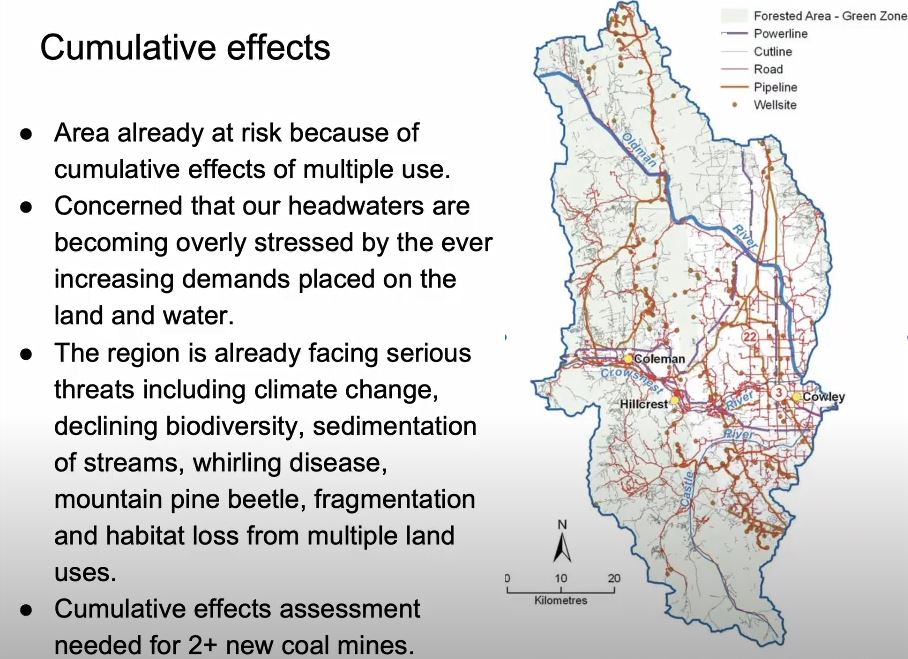
SACPA: Exploring the long-term impacts of coal mining in the Oldman River Watershed
LETHBRIDGE, AB – Earlier this week, the provincial government announced the reinstatement of the 1976 coal policy.
READ MORE: Alberta reinstating 1976 coal policy
On Thursday morning, Feb. 11, Shannon Frank presented to the Southern Alberta Council on Public Affairs (SACPA).
Frank is the Executive Director of the Oldman Watershed Council and her virtual talk focused on the impact of coal mining on the Oldman River Watershed.



